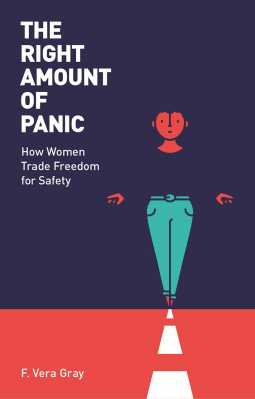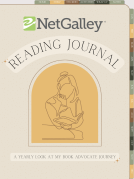
The Right Amount of Panic
How Women Trade Freedom For Safety
by F. Vera-Gray
This title was previously available on NetGalley and is now archived.
Send NetGalley books directly to your Kindle or Kindle app
1
To read on a Kindle or Kindle app, please add kindle@netgalley.com as an approved email address to receive files in your Amazon account. Click here for step-by-step instructions.
2
Also find your Kindle email address within your Amazon account, and enter it here.
Pub Date Aug 01 2018 | Archive Date Jan 15 2019
Talking about this book? Use #MeToo #NetGalley. More hashtag tips!
Description
F. Vera-Gray argues here that we need to change how we talk about rape prevention and give out well-intended safety advice. Our current approach, she says, makes it harder for women and girls to speak out, and hides just how much work they are already doing to try to determine “the right amount of panic.” Drawing on both real-life accounts of women’s experiences and the author’s original research on the impact of public sexual harassment, this book challenges victim-blaming and highlights the need to show women as capable, powerful, and skillful in their everyday resistance.
Advance Praise
“In a world where women face an epidemic of harassment, violence and abuse, Vera-Gray shatters the illusion that the victim is to blame for her own assault. Powerful, moving and insightful”. Laura Bates, Everyday sexism
Available Editions
| EDITION | Other Format |
| ISBN | 9781447342298 |
| PRICE | $26.00 (USD) |
| PAGES | 195 |
Average rating from 12 members
Featured Reviews
 Reviewer 392033
Reviewer 392033
This is a condensed version of a large research study, intended for a wider audience than the in depth research. It won't come as any shock to most women who experience life through a lens of 'just surviving' but it should be able to open eyes and minds to how society works and how structures actively work against women in many instances. A key read for anyone interested in gender politics, feminism or, for what it's worth, 'men's rights'.
Readers who liked this book also liked:
Cheryl McKissack Daniel
Arts & Photography, Biographies & Memoirs, History
Publishers Lunch
General Fiction (Adult), Nonfiction (Adult), Teens & YA
Brian Soonho Yoon
Children's Nonfiction, Crafts & Hobbies


















